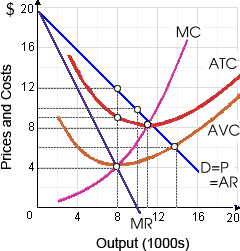When this firm maximized total revenue in place of economic profits, in that case its total revenue would be: (w) $72,000 per period. (x) $80,000 per period. (y) $96,000 per period. (z) $100,000 per period.

I need a good answer on the topic of Economics problems. Please give me your suggestion for the same by using above options.